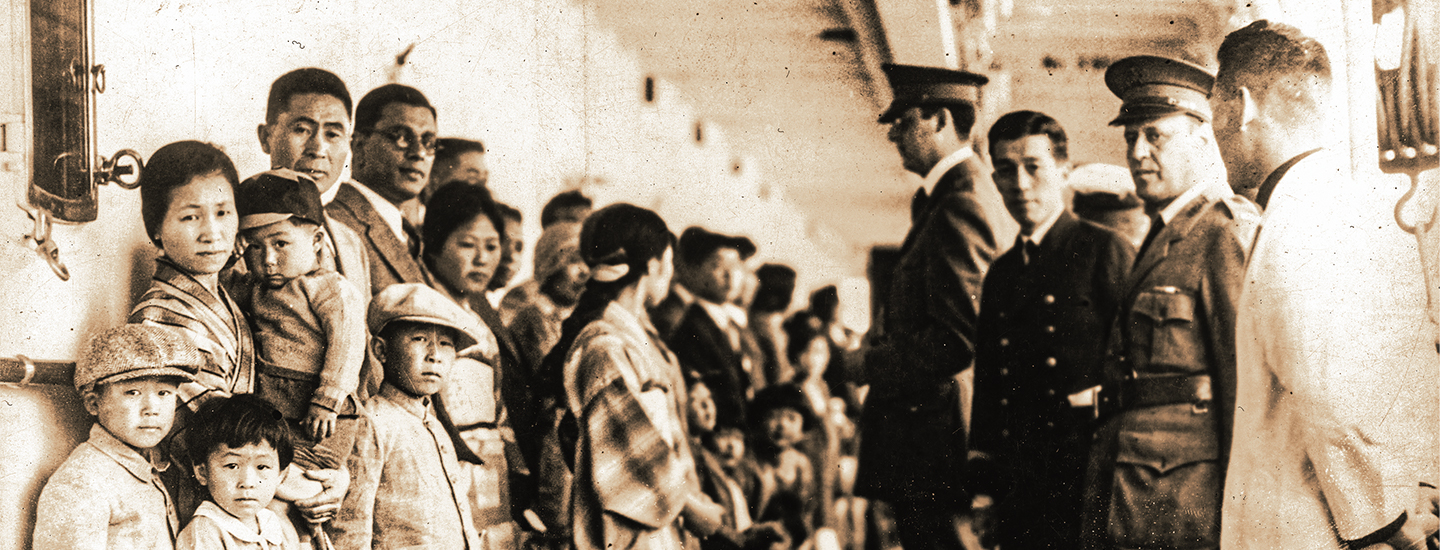Jim McMahon/Mapman®
When Calvin Ong was 10 years old, he said goodbye to his mother, brother, and friends in China. He was moving to a place where he didn’t speak the language and knew almost no one: the United States.
It was the summer of 1937. To get to his new home, Ong had to spend 18 days on a crowded ship, sharing a room with four strangers. He planned to start a new life with his father, who had moved to California years earlier.
“America was a land of opportunity,” says Ong, now 94. “I could seek an education, find a job, and earn money to improve my family’s situation.”
But he soon found out that the American dream wouldn’t be easy to achieve. His first stop in the U.S. was Angel Island, an immigration station near San Francisco, California. It was built mainly to keep out immigrants from Asia, not welcome them.
When Calvin Ong was 10 years old, he said goodbye to his mother, brother, and friends in China. He was moving to the United States. It was a place where he did not speak the language and knew almost no one.
It was the summer of 1937. To get to his new home, Ong had to spend 18 days on a crowded ship. He shared a room with four strangers. Ong planned to start a new life with his father, who had moved to California years earlier.
“America was a land of opportunity,” says Ong, now 94. “I could seek an education, find a job, and earn money to improve my family’s situation.”
But he soon found out that the American dream would not be easy to achieve. His first stop in the U.S. was Angel Island. That was an immigration station near San Francisco, California. It was built mainly to keep out immigrants from Asia, not to welcome them.

